GRRRRREAT Ideas for Landfill Diversion
You’ve probably heard some variation of the multiple Rs of waste reduction: Rethink, Reduce, Reuse or Repair, Repurpose, and Recycle. We could write volumes on this topic so here are a few brief case studies for inspiration and ideas. You can also watch the recorded session on single-use plastics below.
Rethink
One of my green team participants once told me about how she was stocking shelves of the eco-friendly gift shop where she worked and she wondered why this certain brand of sunscreen came packed in boxes inside of boxes. There was no reason for it because the boxes weren’t branded. The tubes were designed to go straight on the display. She called the manufacturer and asked them if they should ship without the extra packaging and they did!
How awesome is that? It didn’t take any grand sustainability assessment or vendor negotiation; it came down to giving someone space to make observations and empowering them to make suggestions and changes. (That’s ultimately what the green team experience should be all about.)
This is a great example of rethinking things. It’s really about just stopping for a moment and asking “why?” and “what if…?”.
Another great example of this is from a workshop I held at the Baltimore Convention Center on Materials Waste Reduction workshop to help all departments - sales, planners, and operations - work through the flow of materials through their building and establish better waste management practices and client communication to reduce waste.
Teams walked through the areas where a show had just finished and identified materials that seemed unnecessary or excessive. And believe me, there’s a LOT of that in events. One of the team members observed that all the carpet comes wrapped around these thick cardboard centers. Why? Are they on giant spools? Or does it help the carpet keep it’s shape? Maybe but doubtful. This seems like an easy material to eliminate.
While a fun keepsake, name badges and lanyards present an opportunity to rethink - such as many who’ve removed plastic as seen here (while others are made with plastic, and even cloth and zippers.
Rethinking the approach to materials ultimately leads to reduction, as well as a forward thought towards making materials easier to reuse, repair, and repurpose.
It also means thinking of entirely new ways of doing things. I frequently throw out this challenge: what can we do to avoid using name tags and badges? You can see my wall of them here and while that’s a fun keepsake, it’s a bit ridiculous how much material is wasted to produce lanyards, plastic holders, clips, and paper badges. If you have a great idea for how to do away with badges but still promote networking and connection at events, please let me know!
Watch our July 2020 Office Hours playback of our session on reducing single use plastics.
Reduce
To me reduce is mostly about smart inventory management and using data to better forecast needs. It’s also about changing expectations over time. Back to the carpet example, in recent years, trade shows aiming to improve their environmental performance have eliminated carpet all together or reduced it to key areas such as a VIP meeting space on the show floor.
Another way to think of Reduce is to Replace. Over the years, I’ve replaced paper napkins with cloth napkins, single use water bottles with reusable, and e-docs instead of paper (I don’t even own a printer any more).
Reuse / Repair
The obvious thoughts here are donating or repairing things like furniture and other items that tend to have a longer, multi-use life. It’s important to begin looking at everything through the reuse (and repurpose) lens, not just hard goods.
For example, as shown in the image, this is a thin PVC film stapled to a table. It’s extremely rare that this material is recycled, but it could be reused or repurposed into many things; however, stapling it to the table like this makes it extremely unlikely. What is likely is that once the event this was used at is over those in charge of dismantling it will do so fast they will not really take or have time to stop and think about what could be done with this partially shredded plastic other than toss it in the trash. Is there another way (rethink) to attach this to the table to make it easier to use again?
Repurpose
When we’re no longer able to use materials for their original purpose, we find something else to do with them. Common examples include using old hotel towels as cleaning rags. One of my favorite ideas here is to think about how a local school or community theater group can repurpose items into stage props or an artist can use materials for a piece or exhibit. The coolest example of this ever is Monumental Mattie, hanging in the Salt Palace Convention Center. It is a mural fashioned from carpet samples that were destined for landfill.
Recycle
The key here is to make it happen! Global recycling rates are low and everyone needs to do their part. I live in a town that does not have curbside recycling so I have to drive my recycling to a town an hour away! If I can do that, you can overcome the obstacles to prevent you from recycling.




